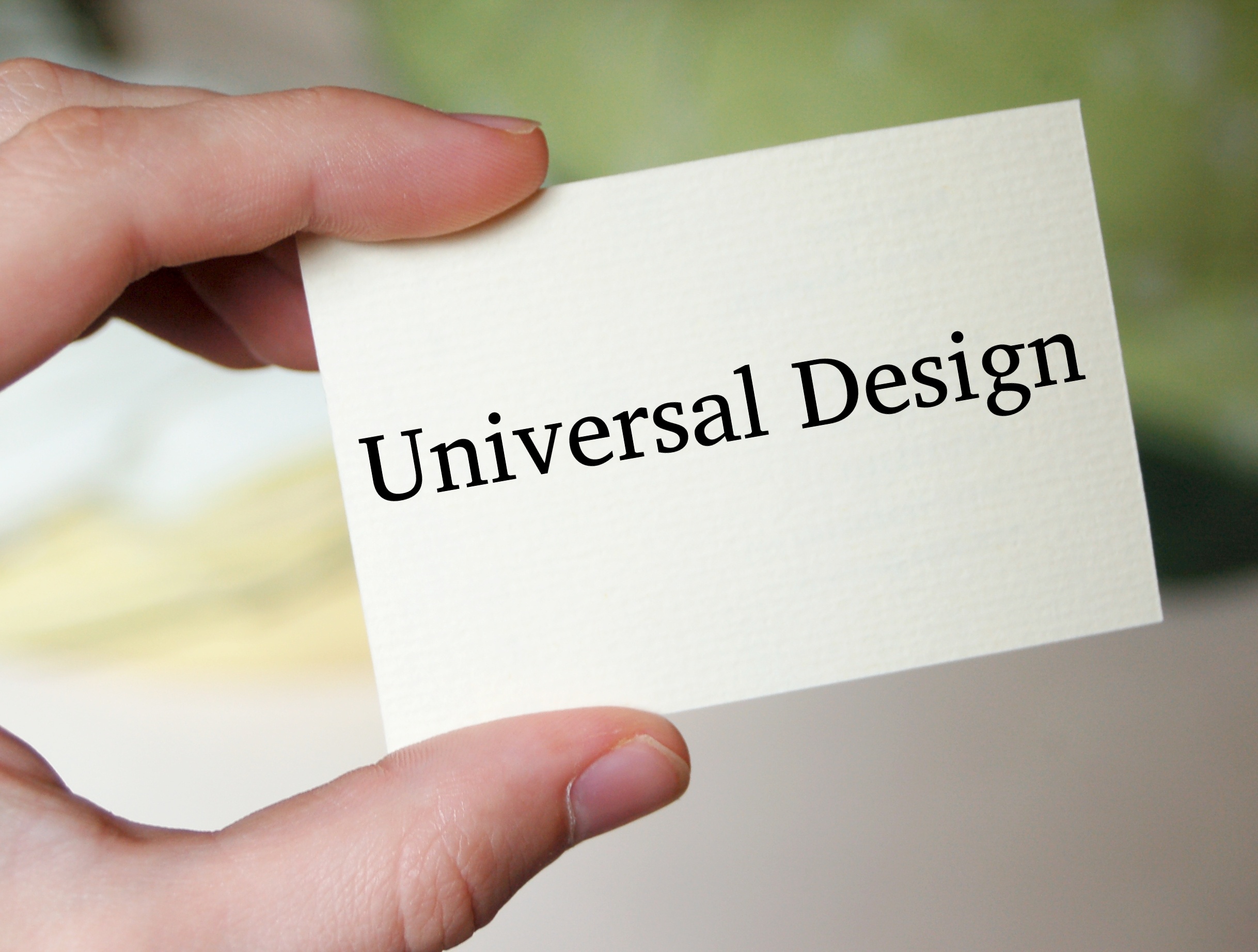Looking at Universal Design for Learning (UDL)
Key components and how educators might use them in their classes to benefit their students

I find immense joy in learning, especially when it’s connected to something personal. The most impactful learning experiences for me have been in environments that foster a personal connection. These environments were dynamic, inviting, adaptable, and celebrated the strengths of all participants. Upon reflecting on how my instructors created these environments, I’ve noticed a common thread: they all employed principles from Universal Design for Learning (UDL).
Universal Design for Learning (UDL) is a framework to improve and optimize teaching and learning for all people based on scientific insights into how humans learn. UDL is organized into three principles including engagement, representation, and action/expression. (CAST)
The goal is to create flexible learning environments that accommodate learners’ needs, preferences, and strengths.
Here’s a breakdown of the key components of UDL with various approaches for each one.
1. Multiple Means of Engagement
Purpose: To sustain students’ motivation and interest.
Approaches: Offer choices in how students engage with content, provide varying levels of challenge, and use various materials and activities to keep learners interested. This could include offering different types of tasks or integrating technology that appeals to different learning styles.
2. Multiple Means of Representation
Purpose: To ensure all students can access and understand the content.
Approaches: Present information in various formats—text, audio, video, diagrams—to accommodate different learning preferences and needs. For instance, a lesson might include visual aids for visual learners, auditory explanations for those who learn better by listening, and hands-on activities for kinesthetic learners.
3. Multiple Means of Action and Expression
Purpose: To allow students to demonstrate what they’ve learned in different ways.
Approaches: Provide various ways for students to express their knowledge, such as through writing, speaking, creating multimedia presentations, or participating in discussions. This flexibility helps accommodate students with different strengths and challenges.
In conclusion, Universal Design for Learning (UDL) benefits students by ensuring opportunities for success, regardless of their abilities or learning styles. UDL promotes flexibility by offering multiple ways for students to engage with content and demonstrate their understanding, allowing educators to cater to individual needs. Additionally, providing students with choices in how they learn and express themselves boosts motivation and engagement. To implement UDL effectively, educators should design curricula that include varied methods of engagement, representation, and expression from the beginning. Integrating assistive technologies and digital tools can further support various learning needs. Regularly assessing and adjusting teaching strategies based on student feedback and performance ensures that the learning experience remains adaptive. Ultimately, UDL focuses on creating flexible, comprehensive learning environments where every student could participate fully and achieve their potential.
For more information, the Office for Faculty Excellence at North Carolina State University, provides you the opportunity to register for the Universal Course Design Certification (UCDC). The UCDC is 100% online and lasts every year from August through May. Please visit our OFE website for further details. For more information on UDL, visit the CAST website
Works Cited: CAST. “About Universal Design for Learning.” CAST, 2024, www.cast.org/impact/universal-design-for-learning-udl.
- Categories:


